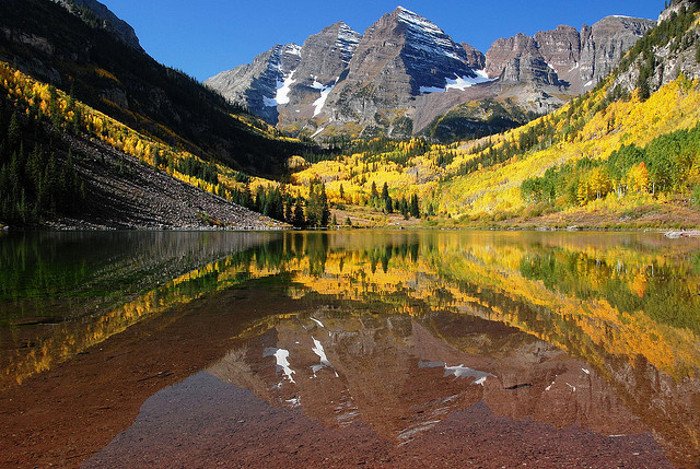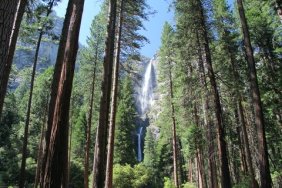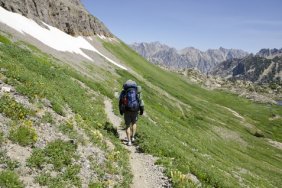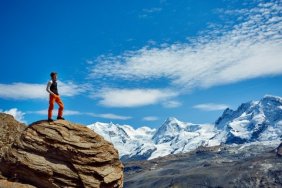There are so many places in North America with wild beauty just waiting to be discovered. Instead of planning a beach getaway this year, tie on your boots and hit the trails along snow-capped peaks, jagged cliffs, through lush forests and meadows bursting with wildflowers. Here are 10 of America’s greatest hiking trails.
10 Great American Hiking Trails
-
Denali National Park
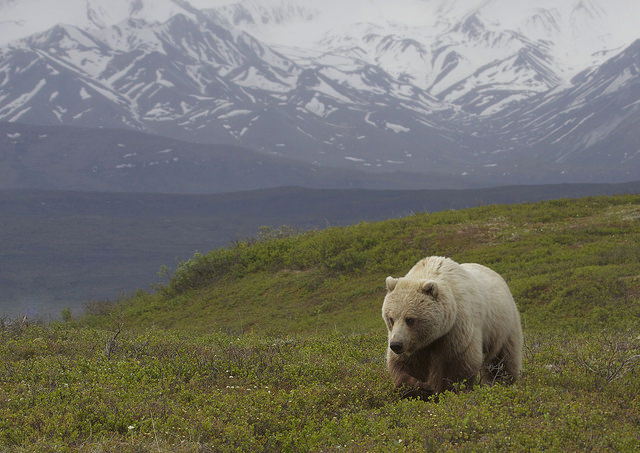
Some of the most rugged, untamed country in the U.S. is found in Alaska's Denali National Park, but hiking here is not a typical experience. There's little opportunity to cruise along well-marked trails, but you'll have all the challenges of back-country hiking. Denali is six million acres of wild land, bisected by a single ribbon of road. Low elevation taiga forest gives way to high-alpine tundra and snowy mountains, culminating in North America's tallest peak, 20,320 feet at Mount McKinley, or Denali as the native Alaskans call it. Wild animals large and small roam the untamed land. Park terrain is uneven, and at times the brush is too thick for hikers to break through, forcing a detour that can add miles to the adventure. Because of the rough nature of Denali hiking it's not for novices, but experienced hikers can forge their own path and learn what makes Denali so unique, but watch out for bears.
Photo credit: Flickr CC
-
John Muir Trail
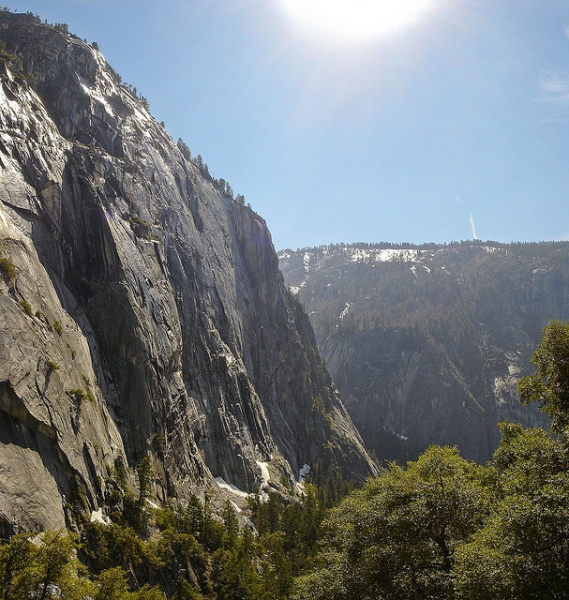
Legendary naturalist and founder of the Sierra Club, John Muir came to San Francisco looking for "any place that is wild" and eventually ended up in Yosemite. He considered it to be the most beautiful land in the United States and was instrumental in its becoming a national park. A decade after Muir's death, the state of California began construction of the John Muir Trail bearing his name, almost entirely at high elevation. The hike begins in Yosemite and the trail travels through the Sierra Mountain Range, all at 8000 feet or more. Hiking season here runs June-September because of upper-elevation snow, but the scenery is truly spectacular with hundreds of mountain lakes, canyons, sheer granite cliffs, and peaks towering to 14,000 feet.
Photo credit: Flickr CC
-
Yosemite National Park
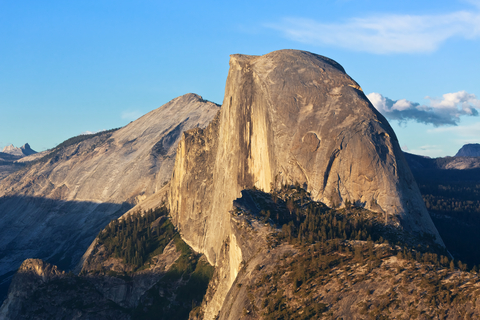
In the Sierra Nevada Mountains on the east side of the state, Yosemite National Park is almost due east of San Francisco - just a 4 hour drive, and about 6 hours from Los Angeles. Most of America's national parks can fairly be described as gorgeous, but Yosemite stands out as truly spectacular. It occupies 747,956 acres, making it roughly the same size as the state of Rhode Island. The park boasts 800 miles of hiking trails. Some 3.5 million people visit the park every year and 15,000 back-country permits are issued annually to overnight backpackers. There are dense forests, glacier-formed mountains, lakes and rivers, and no shortage of wildlife to spot from along the trail. The peaks of El Capitan and the giant sequoia trees are sites not to be missed.
-
Pacific Crest Trail
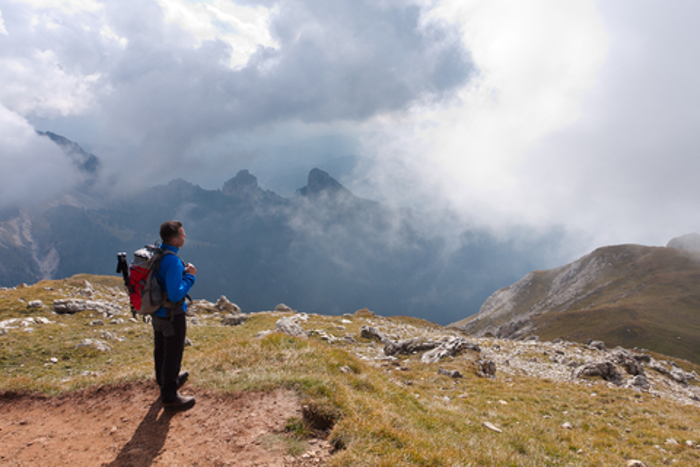
If you hike the entire Pacific Crest Trail, you'll cover 2650 miles and hike through three states, seven national parks, 24 national forests, and past more than 1000 lakes. This route - from Mexico to Canada - is really a border to border trail, but with easy access from major urban areas including San Diego, Los Angeles, San Francisco, Portland and Seattle, it's a good choice for those who want to jump on to do a shorter stretch for a weekend adventure. Along the way there are descents into 19 major canyons, and the trail climbs through more than 60 mountain passes. This thru-hike covers a big area, spanning an especially scenic slice of the western United States.
-
Glacier National Park

More than 730 miles of marked trails in Montana's Glacier National Park make it a hiker's paradise. Like many national parks, a backcountry permit is required if you plan to hike overnight. Park trails here are known for the impressive mountain peaks, isolated alpine lakes, and abundance of wildlife you'll spot along the way. Hikers must consider the snow line and wait until July for the snow to melt at highest elevations. The lingering snow is not surprising, since the park gets its name from the glaciers that formed the massive rock formations 10,000 years ago. In 1850, the park still had 150 glaciers, but today there are only 26 remaining.
Justek16 | Dreamstime.com - Explorring Glacier National Park Photo
-
Maroon Bells, Colorado
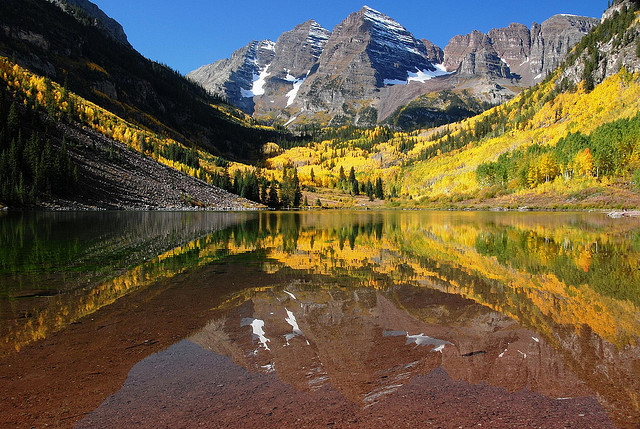
The West Maroon Creek Trail is 10 miles long point-to-point, and can be a challenge due to terrain and altitude. But in a state packed with beautifully scenic hikes throughout the Rocky Mountains, this one rises above all of the rest. It follows a lush glacial valley before heading up - way up - over the 12,480 foot high Maroon Pass, linking the scenic towns of Aspen and Crested Butte. It's photographed often, but at the height of Colorado's wildflower season in July it's simply spectacular, with waist-high blooms lining the trail with splashes of red, yellow, purple and white. Expansive green meadows, tumbling streams, and thickly-forested jagged peaks conspire to make this hike a feast for the eyes.
Photo credit: Flickr CC
-
Mount Monadnock, Massachusetts
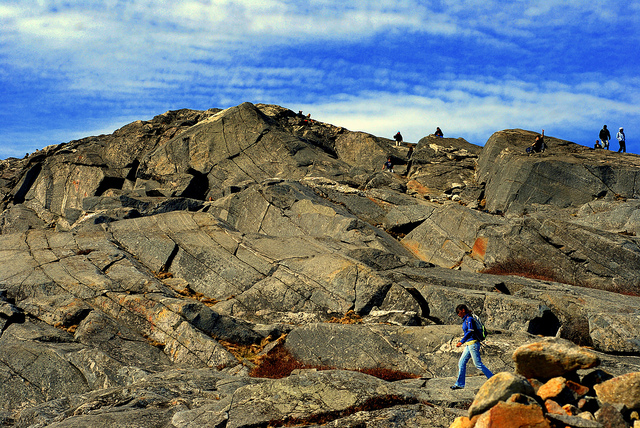
Less than 70 miles from Boston, the Metacomet-Monadnock Trail is remarkably rural and includes numerous areas of unique ecologic, historic and geologic interest. Hikers will encounter waterfalls with dramatic cliff faces and exposed mountain summits such as Mount Monadnock, Mount Tom and Mount Holyoke. The Mount Tom Traverse section of the trail was certified as a National Recreational Trail in 2001. It's a favorite hike for bird-watchers because during the spring and in the fall it's common to spot hawks circling overhead.
Photo credit: Flickr CC
-
Shenandoah National Park, Virginia
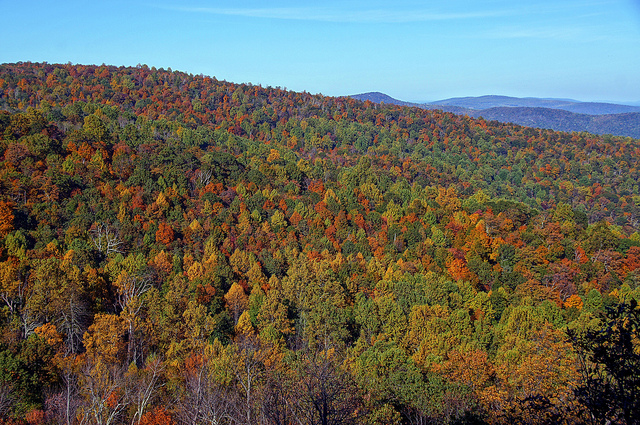
Just 75 miles from the bustle of Washington, D.C., Shenandoah National Park is 200,000 acres of protected lands and a popular recreational destination with well-marked trails - over 500 miles, including 101 miles of the Appalachian Trail. A haven for deer and songbirds, these trails lead hikers past cascading waterfalls and quiet wooded hollows...some spots with breathtaking panoramic views and others that penetrate deep into the forest. The popular Old Rag Mountain Trail attracts crowds of summer climbers, but is not recommended for beginners.
Photo credit: Flickr CC
-
Grand Canyon National Park
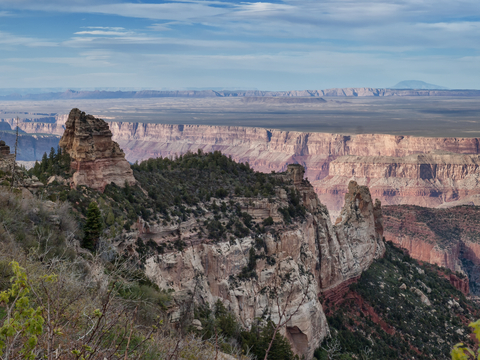
The awesome vistas at Grand Canyon National Park draw more than 5 million visitors annually and make it the jewel in the crown of the U.S. national parks program. What makes hiking here different and challenging is that it begins with a descent on a steep downhill slope that can be tiring even for experienced hikers. Many forget that what goes down must come up, so pace yourself and conserve some energy for the ascent back up to the canyon rim! During the summer months, temperatures are high and it's important to carry plenty of water to stay hydrated and to take rest breaks in what shade you can find. 15 trails lead into the canyon. For those wanting to overnight here, plan ahead to secure your backcountry permit. Out of over 30,000 requests, the park issues only about 13,000 permits annually. The more familiar South Rim gets the most visitors, so for solitude opt for the North Rim area which only gets about 10% of the foot traffic.
-
Appalachian Trail

What the Pacific Coast Trail is to the west, the Appalachian Trail is to the east. Stretching from Georgia to Maine, it passes through 12 states along its 2178 miles and is the longest marked trail in the entire country. More than 6000 volunteers work year-round to maintain it, and 165,000 painted markers known as blazes show hikers the way. Completed in 1937, it passes through six national parks and eight national forests. A thru-hike is an investment in time and planning, but many weekend enthusiasts use the trail for day excursions.
